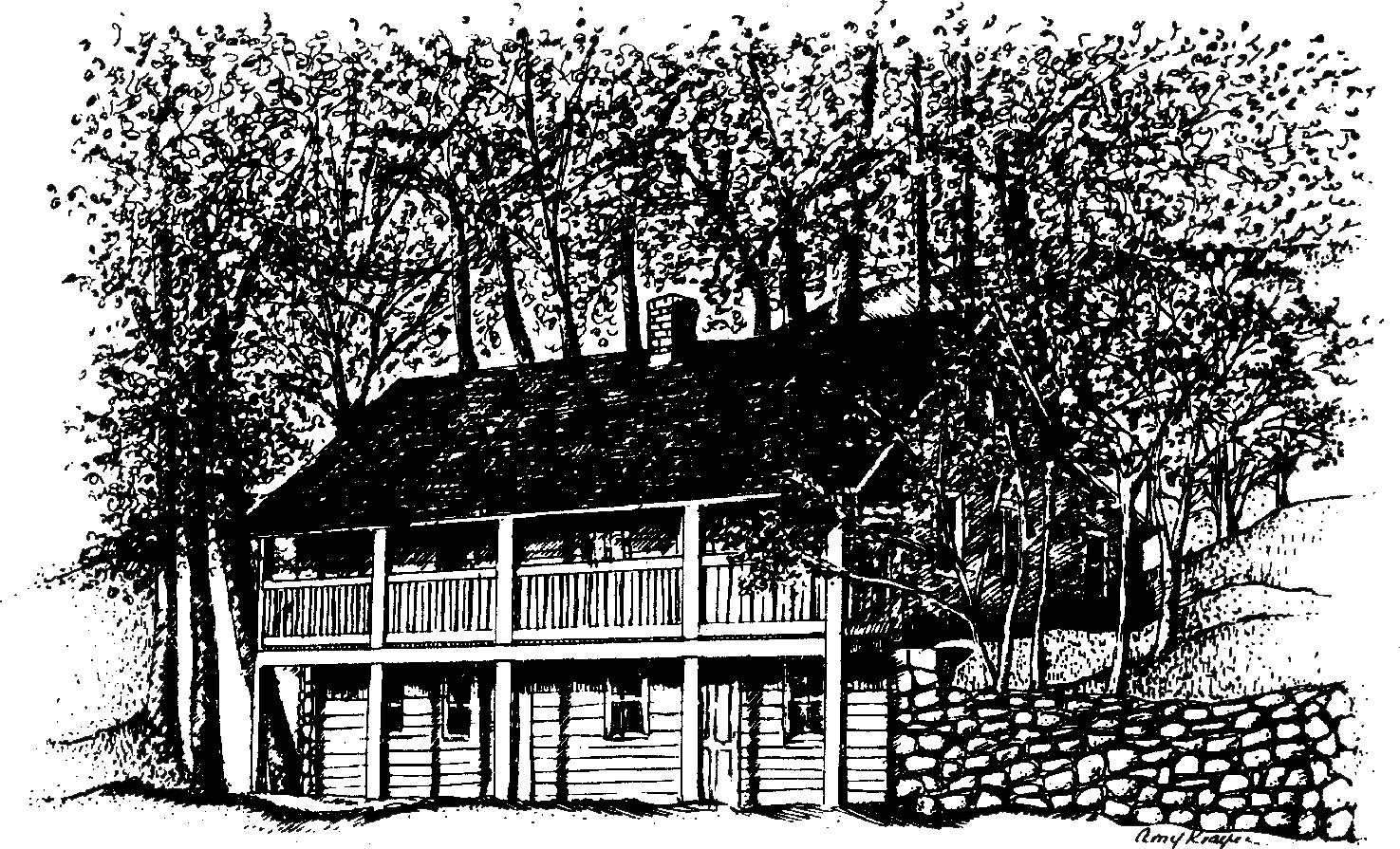A Sparta Timeline
“George Washington Slept Here”*
* True, or not, stories abound about George Washington stopping at The Jug Tavern, using 1 Rockledge Avenue as a headquarters and sleeping at the hotel that was once at 12 Liberty Street.
1685
The story starts in 1685, when Frederick Philipse, of Dutch descent, acquired land from the Sint Sinck tribe on August 24, completing his acquisition of all the land along the eastern bank of the Hudson River from Spuyten Duyvil Creek in the Bronx to the Croton River.
1698
Charles Davis settled with his brother David and sister Angelique on a section of Philipsburg Manor near White Point, later to be called, Sparta Dock. They had been born in Canada of Huguenot refugees from France, who had lived in the West Indies before moving to Montreal.
1758
Charles Davis’s sixth son Peter married in 1758 and built his home, now known as The Jug Tavern. Peter was a tenant farmer who rented 200 acres on Philipsburg Manor, including the land that later became Sparta.
1784
The Commissioners of Forfeitures confiscated Philipsburg Manor after the Revolutionary War because the Lord of the Manor, Frederick Philipse III, had been a loyalist to the British Crown during the American Revolution. The Commissioners divided Philipsburg Manor among 287 new owners, including 11 whose land was located near Kemeys Cove and Sparta Brook.
1785
Davis bought his farm from the Commissioners for 600 pounds sterling, but defaulted on a mortgage on 70 acres of land in 1794. He owed money to Charles Williams of New York City since 1772 and gave the mortgage to Williams to cover the debt. Williams signed the mortgage over to James Drowley, an English hardware and dry-goods importer. Drowley, wanted to lay out a plan for a housing development but died before he could fulfill his dream.
1795
On April 22, 1795, a license was issued to William Hall to operate a tavern in Sparta. This is the first known recording of the name Sparta in the record book of the Town of Mount Pleasant (Ossining was part of Mount Pleasant until 1845). In November, James Drowley mapped out the neighborhood, and Sparta began its transformation from a piece of farmland into a small village. Sparta prospered because of the dock at White Point (known today as Sparta Dock), where sloops could load farm products bound for New York City and unload manufactured goods ordered from the city. Local deposits of marble and silver later provided jobs in quarries, a mine and a lime kiln.
1813
The Village of Sing Sing, now Ossining, became the first incorporated village in Westchester County. The name Sing Sing reflects the collective name of the indigenous people who lived here, the Sint Sincks. The name Ossining resembles the Munsee word meaning "place of stones."
1820
Cheaper docking fees at Sing Sing dock and the rerouting of the Albany Post Road from Revolutionary Road to its present location along Route 9, marked the beginning of Sparta's economic decline.
1849
The Hudson River Railroad extended its service to Sing Sing and Peekskill, but did not put a station stop at Sparta.
1906
In 1901, the Village of Sing Sing changed its name to Ossining to distinguish itself from Sing Sing Prison (opened in 1826). Five years later, village lines were redrawn, and Sparta was incorporated into the Village of Ossining to benefit from village services.
1919
Frank A. Vanderlip, President of National City Bank in New York, and his wife Narcissa Cox lived in Beechwood (near Scarborough), and personally undertook the redevelopment of Sparta in 1919. Sparta had become the reputed center of drug and liquor smuggling into Sing Sing Prison. Prostitution and murder occurred. The Vanderlips formed a corporation, purchased many of the decaying houses, hired architects and contractors to redesign and restore the houses worth saving. Some houses were torn down; others moved to relieve the crowding. The houses were rented to teachers and others of modest income. The Vanderlip Corporation retained title to many of the houses for more than 50 years, as the houses were gradually sold to private owners over the period from 1930’s to the 1970’s.
1974
A grassroots effort by Sparta residents began a petition drive to save The Jug Tavern building, which was vacant. The hope was to restore the building and use it as the center of activity for the upcoming national bicentennial celebrations in 1976.
1975
The Village of Ossining designated Sparta as the Sparta Historic Architectural and Design District.
1976
After many delays, the Town of Ossining purchased The Jug Tavern property in May for $15,000. The Town in turn leased the building to the Ossining Restoration Committee, which was responsible for restoring the house and barn. In June, The Jug Tavern is added to the National Register of Historic Places, a national list of historic places worthy of preservation.
1986
Title to The Jug Tavern was passed to Jug Tavern of Sparta, Inc., a tax exempt not-for-profit corporation, whose sole purpose is to preserve the historic building.


